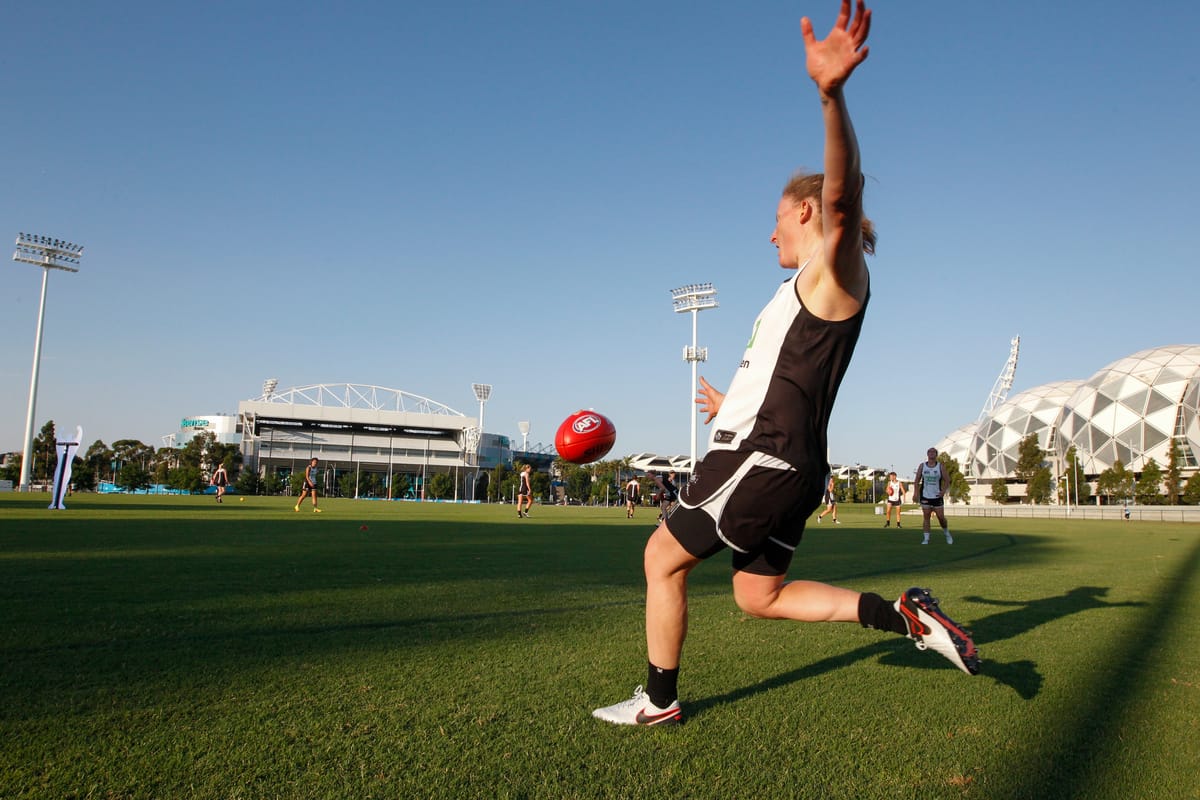Plews and Prof are two clever exercise physiologists who are driven by data to help enhance athletes’ performance. They’ve written about heart rate, and since it’s something most triathletes monitor, we just had to summarise their article for you. Read the full article here.
What is HRV
HRV stands for heart rate variability. It’s the intervals and variations between each heartbeat.
How do you measure HRV in 2017?
HRV is so high tech these days, your heart rate strap can link directly to an app in the case of the Elite HRV, or your smart phone camera can touch your index finger to measure your HRV like with the HRV4Training app.
The reason to measure HRV
HRV can dictate the efficacy of your training. If you want to see if those long, gruelling hill climbs are worth it, daily monitoring of your HRV at rest, first thing in the morning can show you.
Once analysed, the data shows if you have a predominantly sympathetic or parasympathetic nervous system activation pattern. Your parasympathetic nervous system (PNS) is your rest or digest response, and your sympathetic nervous system (SNS) is your fight or flight response. When these patterns are monitored daily, adaptability to training can be discovered.
When do we know adaptability to training is occuring?
When the rolling average is tending toward heightened levels of PNS activity.
Why do we care?
It means were achieving the aims of our training. Hooray! It also tells us whether the current training load is appropriate for the athlete at the time.
What are the influencing factors?
To decide if training is appropriate for someone, you look at their training status, genetics, life load, psychosocial and emotional reposes to life plus environmental stressors such as heat and altitude. Plus of course, their response to different kinds of training like high intensity vs. high volume vs. eccentric loading etc.
Why does HRV drop the day before a race?
The stress of a race causes the HRV to drop. The fact it does drop means what we’re measuring is working!
What happens when training isn’t working for an athlete?
The HRV drops below the smallest worthwhile change mark, or the HRV becomes stagnant. This usually happen when an athlete uses predominantly low intensity and high duration training, or an athlete isn’t using polarised training.
What does this mean for you? Athletes struggling with overtraining, overly high volume training and little imagination in their sessions rarely experience adaption; meaning their training isn’t as effective. Learn more about the mental impact of overtraining and unpolarised training.
Plews and Prof are the first ones to acknowledge there are limitations to their data, and you can read more about these here.
Why you should care about HRV
Taking a quick one minute sample of your HRV can have important implications to successfully monitoring your training, say Plews and Prof. This means you can get make sure the juice (your training) is worth the squeeze (your body’s adaption).







